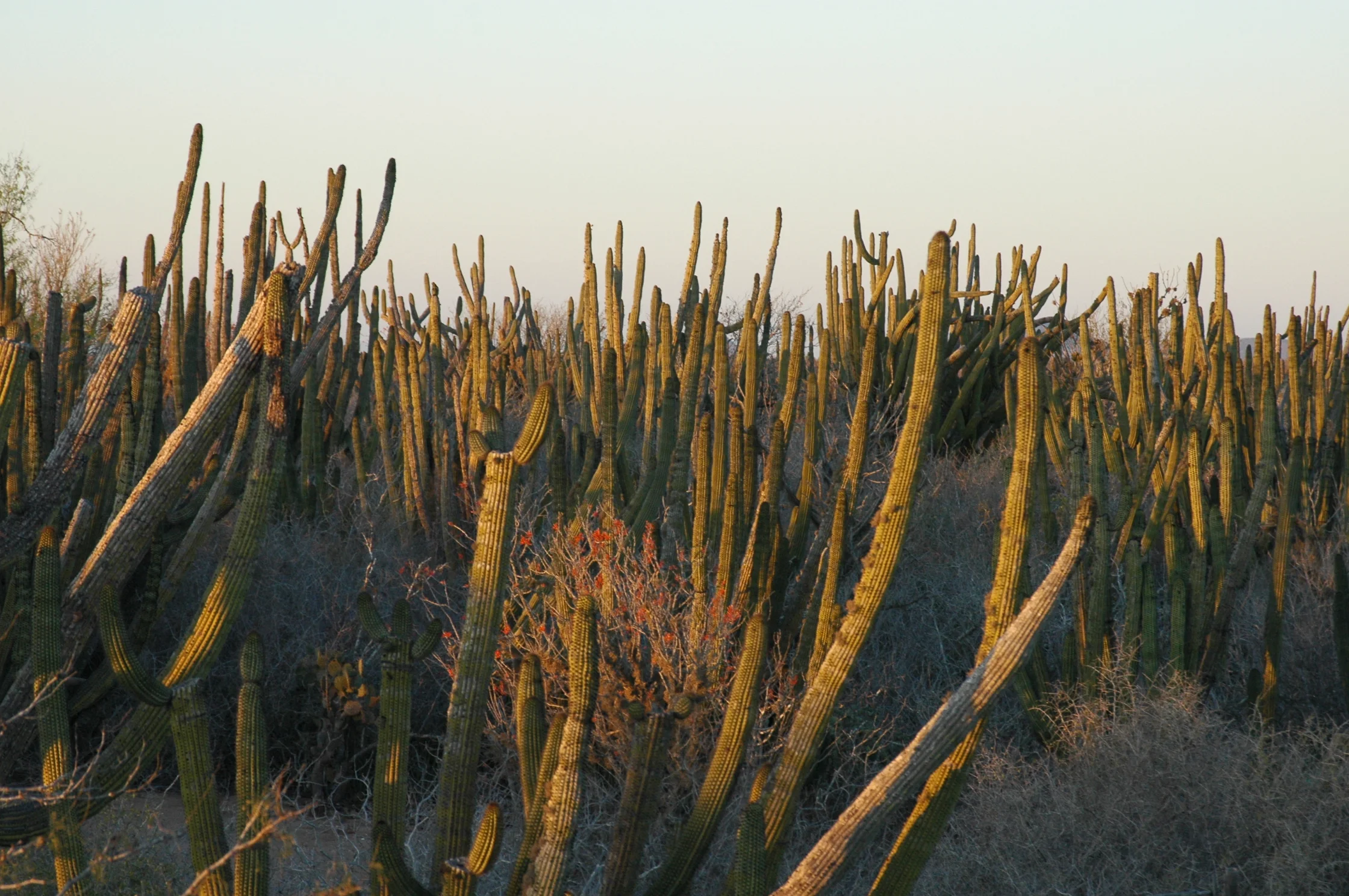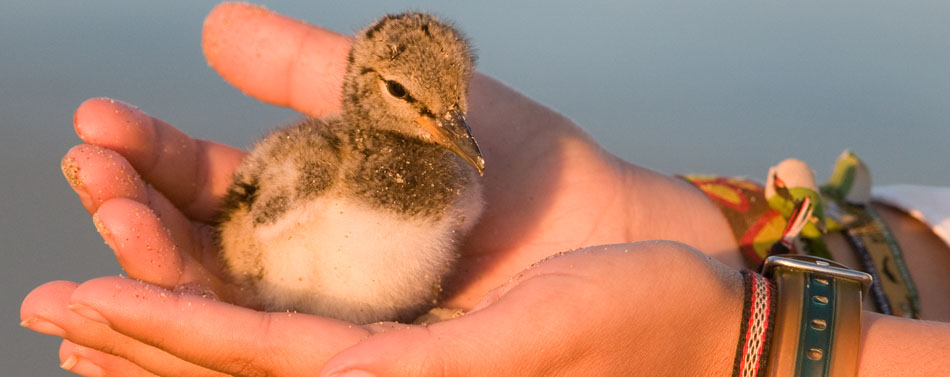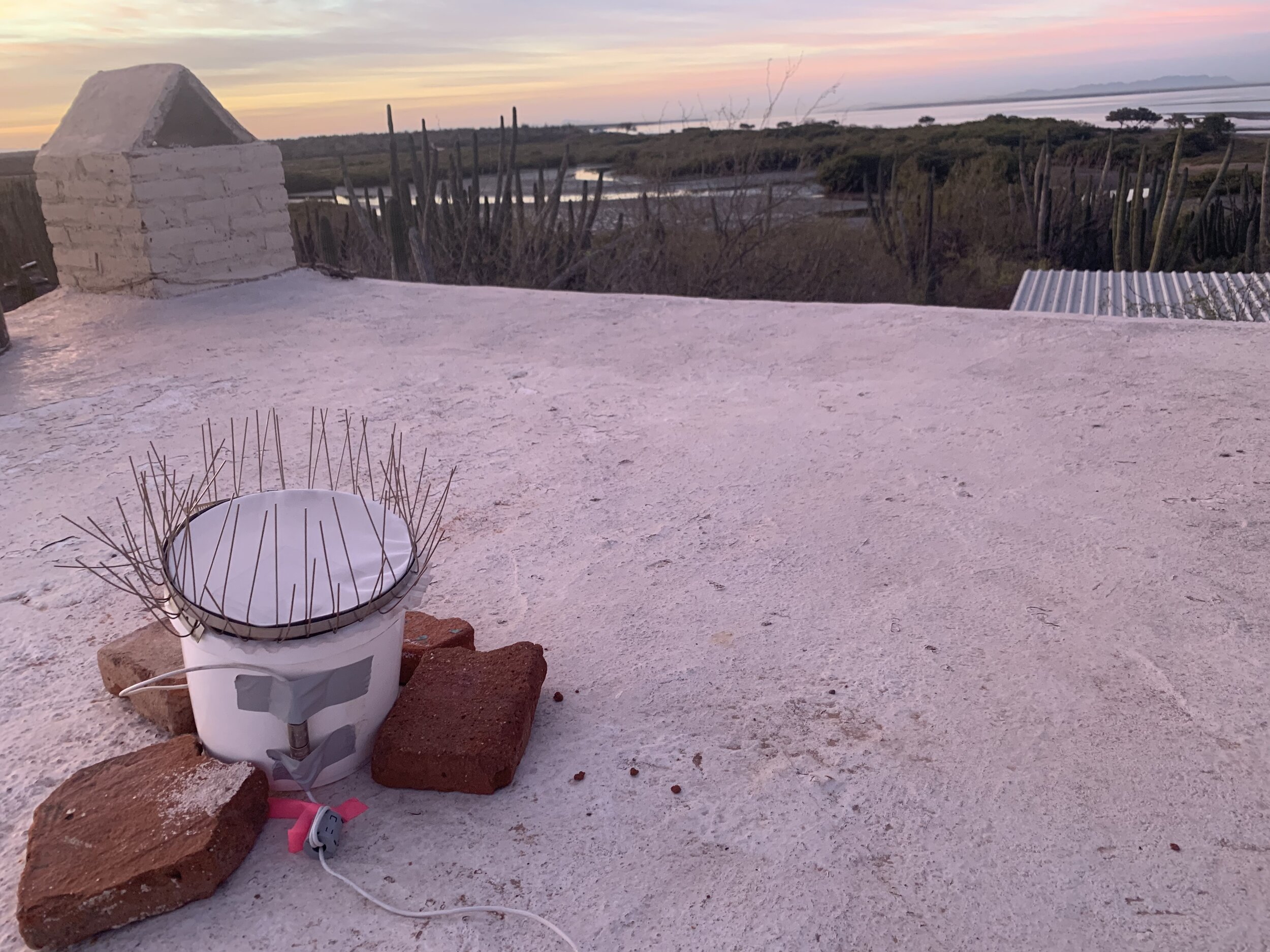

Research
Research
The Coastal Thornscrub or Pitaya Coast of southern Sonora is a unique and endangered ecosystem. It is an important wintering, migratory stopover, and breeding area for birds. Many species of plants and vertebrates in this sub-tropical community are outside of currently described range limits. With the pitayal’s sparse, variable precipitation (heavy summer and lighter winter rains as well as heavy winter fog and dew) it is a uniquely rich landscape for plants. However, the area has been remarkably overlooked with regard to scientific study. With clearing for agriculture and other destruction proceeding at increasing rates, much of the wonder, scientifically and otherwise, may be lost forever. Navopatia Field Station has made studying this rich and exceptional habitat one of its main areas of focus.
Original art by Nikki McClure of NFS staff going to Waterbird surveys. www.nikkimcclure.com
In 2006 the Navopatia Field Station began several long-term ecological monitoring projects focusing on wintering birds and vegetation. We address several matters in our research programs: often the presence or absence of many species is an important but previously unanswered question. We also measure the year to year variation and demography of birds and plants during the winter in different habitats within our study area in southern Sonora.
The coastal plain of the Rio Mayo is home to almost a thousand species of tropical and sub-tropical plants. The Navopatia Field Station investigates the plant communities with transect-based vegetation sampling, lichen surveys, cactus counts, and other quantitative measurements. Our goal is to quantify the structure of the Pitayal and document the status of plant life.
We have completed thousands of landbird surveys on the Pitaya Coast as well as dozens of kilometers of vegetation sampling. With the assistance of partner Mexican and American organizations we have mist netted, processed, and banded thousands of passerine birds as part of a larger monitoring program throughout Latin America, as well as our own banding program to document more about the birds of the coastal thornscrub around the Navopatia Field Station.
In 2009 we began a project studying the nesting of hummingbirds on Isla Masocarit and the mainland thornscrub. Hummingbirds nest during the winter in the Pitayal, and our studies have described a range extension establisihing southern Sonora as the southern breeding range limit for Costa’s Hummingbirds.
The Agiabampo estuary is an important wintering area for many species of shorebirds, ducks, and wading birds. We census aquatic birds using several methods, including land-based point counts and transects from boats.
We have begun studying and inventorying the reptiles that are present in the Pitayal using pitfall arrays and other methods.
We have been investigating the mammal communities by live-trapping small mammals and by using motion sensitive cameras to document several species of charismatic megafauna such as cats, foxes, coyotes, rabbits, and deer.
In 2021 we expanded our remote monitoring programs we established one of Mexico’s first Motus stations. Motus is a collaborative wildlife tracking network. We plan to begin deploying tracking devices in winter 2022. We are also working with MPG Ranch to contribute to Project Night Flight, which uses autonomous recording devices to track bird migration.
We are currently only open and doing active research around the Navopatia Field Station during the winter months. The potential for scientific research at other times of the year is enormous. We enthusiastically invite independent researchers to stay at the field station for reduced rates and will gladly offer logistical support. Persons wishing to pursue research projects during our off-season can be provided lodging and support with locals. Simply drop us an email – navopatia@gmail.com if you are interested in conducting research. We cannot thank our members and supporters enough for their monetary and in-kind contributions of equipment and time. Without this support none of our research and monitoring would be possible. If you would like to support us financially simply visit the Support Us page at www.navopatia.org and make a donation via Stripe. If you have an in-kind contribution that you think would be helpful please email us at navopatia@gmail.com.









